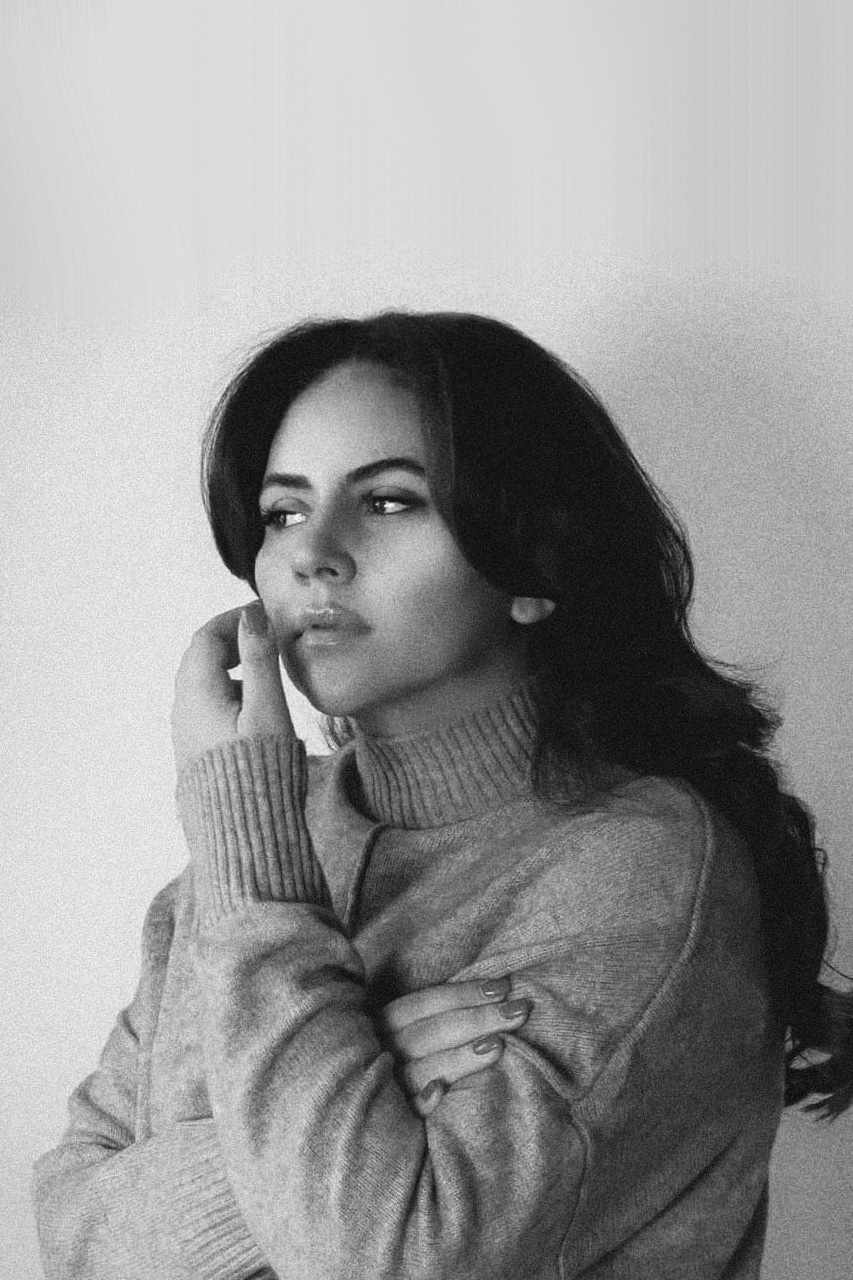Marium Agha is a contemporary artist whose practice navigates the intersection of desire, memory, and representation through intricately embroidered works and reconstructed imagery. Rooted in feminist discourse and informed by postcolonial critique, Agha’s mixed-media works—ranging from hand-stitched tapestries to drawings and found-object compositions—unravel the cultural sediment of love and longing, especially as experienced and archived within South Asian and diasporic contexts.
Agha holds a master’s degree in fine art from Central Saint Martins, University of the Arts London (2009), and a BFA from the Indus Valley School of Art and Architecture, Karachi (2006). She also completed a short course in Curating Contemporary Art at Chelsea College of Art and Design, London. Her conceptual framework draws from Indo-Persian miniature painting, popular culture, religious iconography, and personal history. She uses yarn—often salvaged or domestic in origin—as a political and poetic tool to interrogate the “given real” and “supposed representational,” creating tactile palimpsests of intimacy and erasure.
Over the past decade, Agha has exhibited extensively across South Asia, the Middle East, Europe, and North America. Notable solo exhibitions include Forever, They Said…(Antidote Gallery, Dubai, 2021), An Ephemeral Culture of Love (Taseer Art Gallery, Lahore, 2019), and Eat My Heart Out (Artifact Gallery, New York, 2016). Her work has been featured in international group exhibitions such as She in South Asia (Ganges Art Gallery, Kolkata), Sown Together (Aicon Gallery, New York), and Archival Alchemy(Abrons Art Center, New York).
Agha was nominated for the Abraaj Capital Art Prize (2012–13) and won the Public Vote Award at the Sovereign Art Foundation’s South Asia Prize (2022), one of the region’s most prestigious honors.
Through her practice, Agha resists nostalgia and challenges the authority of visual history, choosing instead to embrace rupture, reinterpretation, and the evolving lexicon of female agency. Her work invites viewers to consider the sediment of stories we inherit and the images we unknowingly perpetuate—ultimately revealing how love, as a cultural artifact, is both disciplined and desired.

